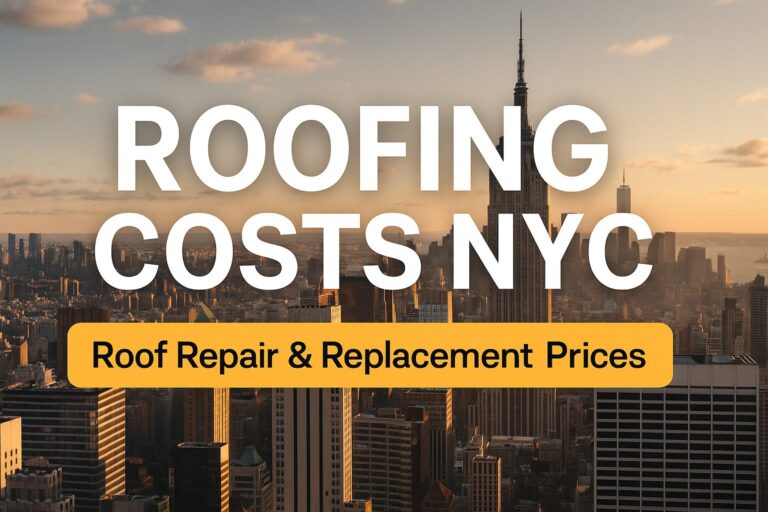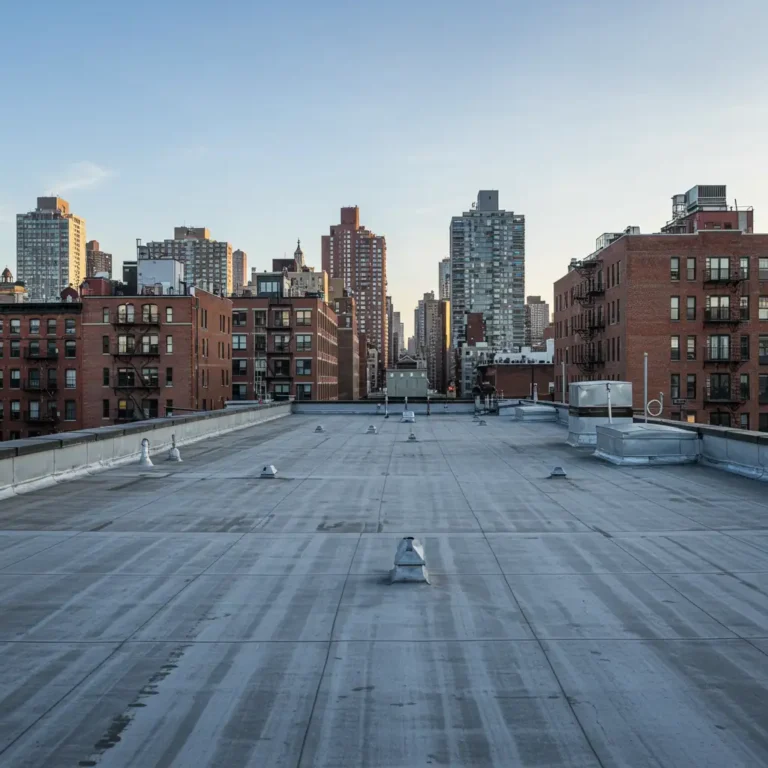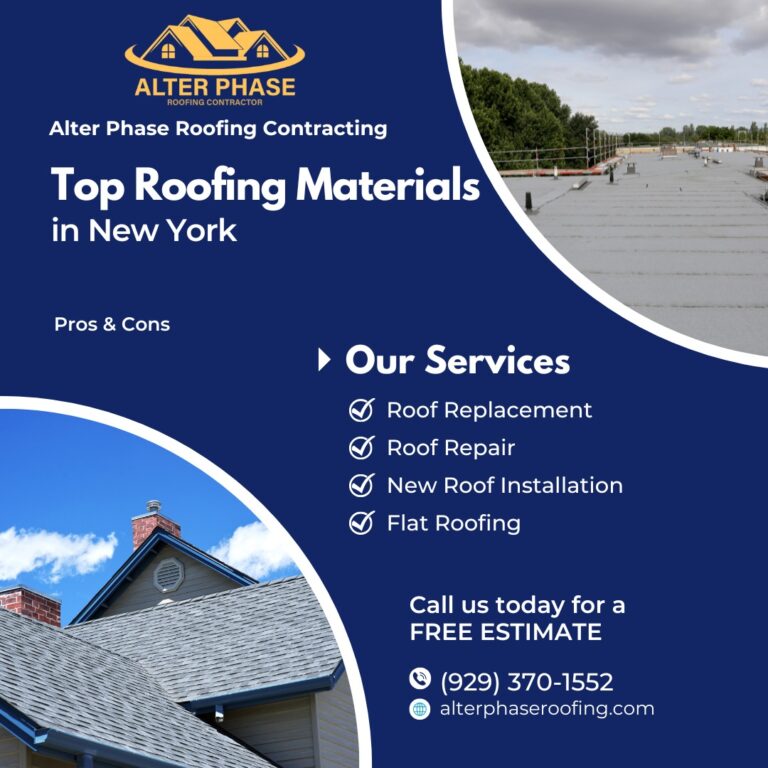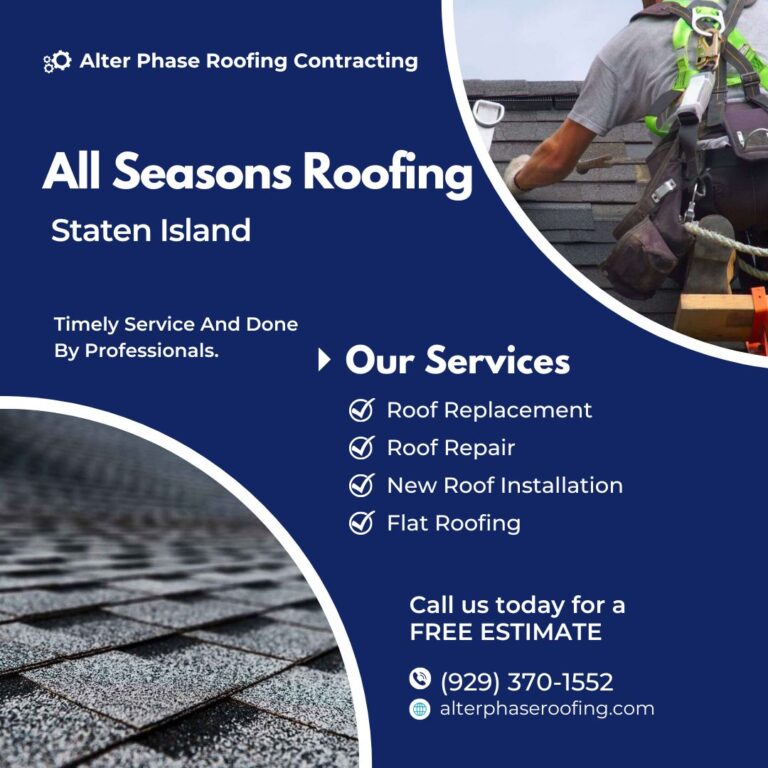Your roof is more than just the shingles you see from the street. Underneath those layers lies a crucial component that acts as the backbone of your entire roofing system: roof sheathing. Here’s everything you need to know about this essential but often overlooked element of your home.
Key Takeaways
- Roof sheathing (or decking) serves as the foundation for your entire roofing system
- Two main types: traditional plank and modern sheet sheathing
- Replacement costs vary significantly based on material availability and damage extent
- Building codes and manufacturer warranties require specific installation standards
The Hidden Hero of Your Roofing System
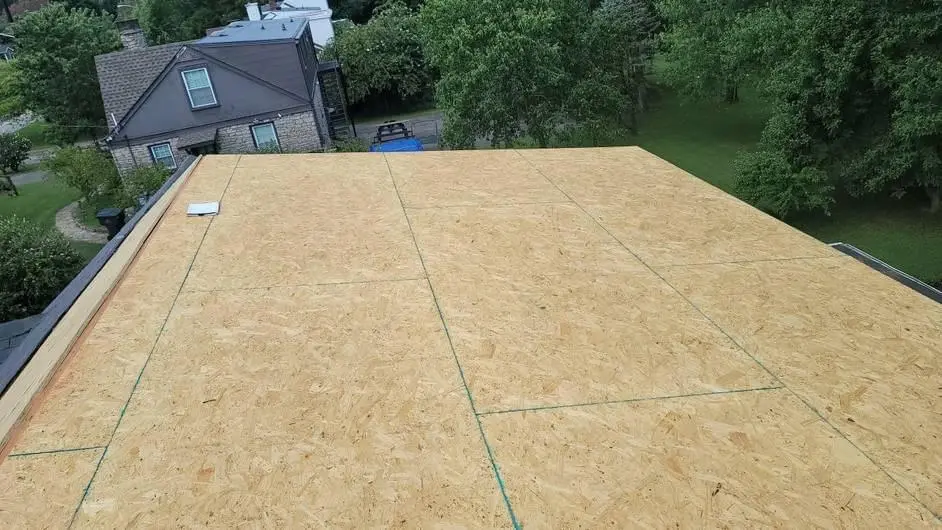
Think of your roof as a high-tech sandwich. While the shingles might be the visible top layer that gets all the attention, it’s the roof sheathing underneath that provides the structural integrity your home needs. This critical component serves as the foundation for everything above it, from underlayment to those sleek architectural shingles protecting your home.
“Roof sheathing is essentially your roof’s backbone,” says Michael Torres, lead inspector at Alter Phase Roofing. “Without proper sheathing, even the most expensive shingles won’t protect your home effectively.”
Types of Roof Sheathing: Old School vs. New Tech
Plank Sheathing: The Traditional Approach
Before the advent of engineered wood products, plank sheathing was the gold standard. These long, rectangular boards (typically sized 1×6 or 1×8) were installed with small gaps to allow for expansion. While you’ll still find plank sheathing in historic homes, it’s rarely used in new construction.
Pro tip: If your home has plank sheathing with gaps wider than 1/8 inch, building codes may require an upgrade during your next roof replacement.
Sheet Sheathing: Modern Solutions for Modern Homes
Today’s roofing projects typically utilize one of two sheet sheathing options:
- OSB (Oriented Strand Board)
- Most popular choice in current construction
- Made from compressed wood chips and strips
- Standard 7/16″ thickness
- Cost-effective solution
- Excellent structural stability
- Plywood
- Available in multiple thicknesses (⅜” to ¾”)
- More traditional option
- Better moisture resistance than OSB
- Higher cost but potentially longer lifespan
- Preferred for high-end residential projects
The Real Deal: When Replacement Becomes Necessary

During a roof replacement, your contractor will inspect the sheathing after removing the old roofing materials. This is the moment of truth that can impact your project’s scope and budget.
Warning Signs That Signal Replacement:
- Visible water stains on your ceiling
- Sagging roof sections
- Daylight visible through your attic roof
- Soft or spongy areas when walking on the roof
- Mold or mildew growth in your attic
Building Codes and Warranty Requirements: What You Need to Know
Here’s where things get technical: The 2018 International Residential Code (R905.1) requires roofing materials to be installed according to manufacturer specifications. This seemingly simple requirement has important implications for your roof sheathing.
“Manufacturer warranties are increasingly strict about installation requirements,” explains Torres. “Using the wrong type of sheathing or installing over damaged boards can void your entire roof warranty.”
The Cost Factor: Understanding Your Investment
While exact prices fluctuate with market conditions, here’s what influences sheathing replacement costs:
- Material choice (OSB vs. plywood)
- Extent of replacement needed
- Labor costs in your region
- Current lumber market conditions
- Accessibility of your roof
Expert tip: Always get detailed quotes specifying how potential sheathing replacement will be handled. Some contractors include a certain amount of replacement in their base price, while others charge per board as needed.
Making the Right Choice for Your Home
When it’s time to replace your roof, understanding sheathing options helps you make informed decisions. Here’s what to consider:
- Climate Considerations
- High humidity areas may benefit from plywood’s better moisture resistance
- Drier climates can effectively utilize OSB
- Budget Constraints
- OSB typically offers the best value
- Plywood provides premium performance at a higher cost
- Long-term Plans
- Planning to sell? Standard OSB meets most requirements
- Staying long-term? Consider plywood’s durability
The Bottom Line
Your roof sheathing might not be visible from the street, but it’s arguably the most critical component of your roofing system. Understanding its role, knowing when replacement is necessary, and choosing the right material can save you thousands in the long run.
Need professional guidance on your roof sheathing? Contact Alter Phase Roofing for a comprehensive roof inspection and honest assessment of your home’s needs. Our experienced team ensures your roof’s foundation remains strong for years to come.
Call: (929) 370-1552 or fill out the form on this page.

